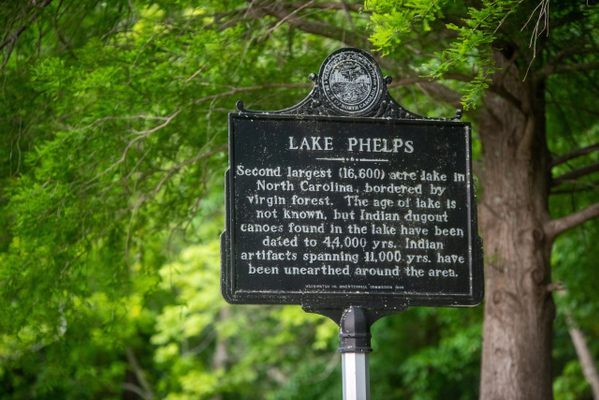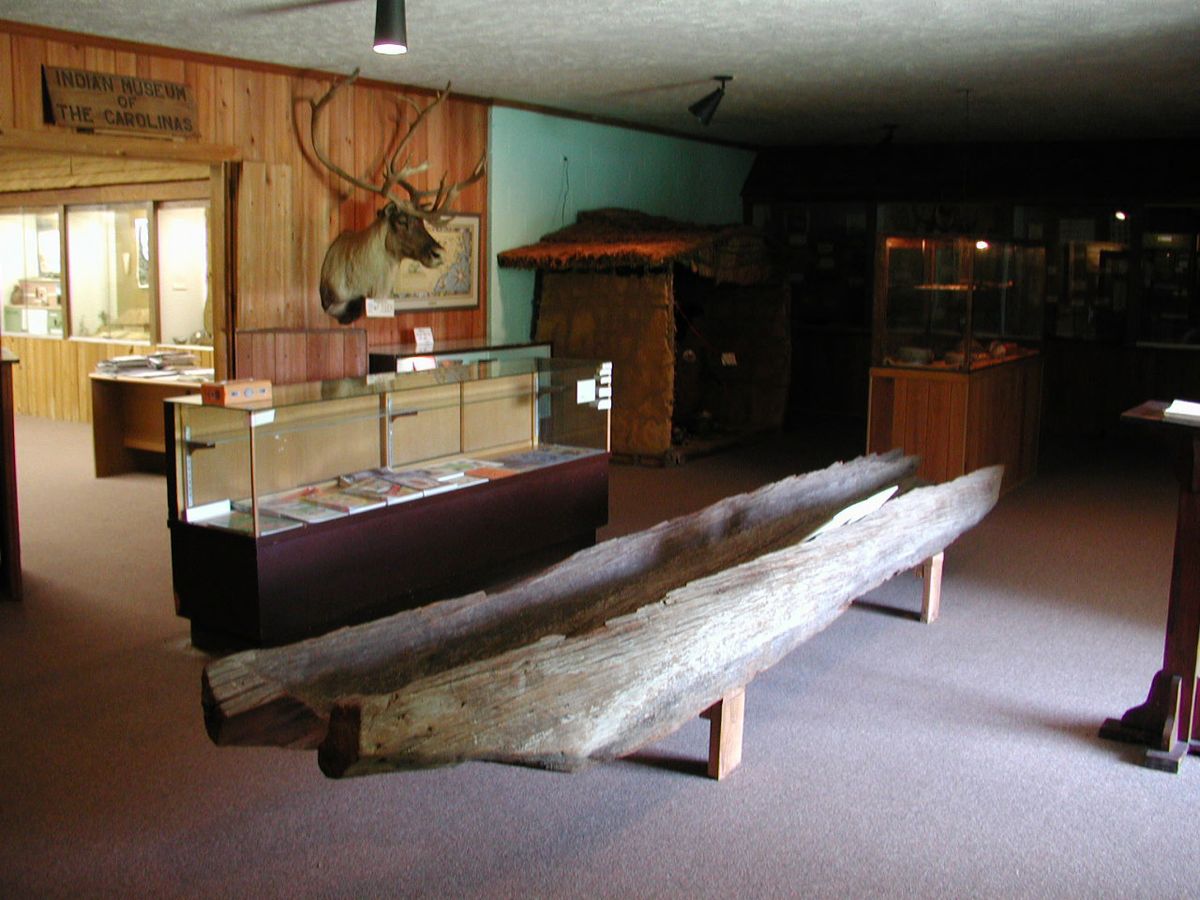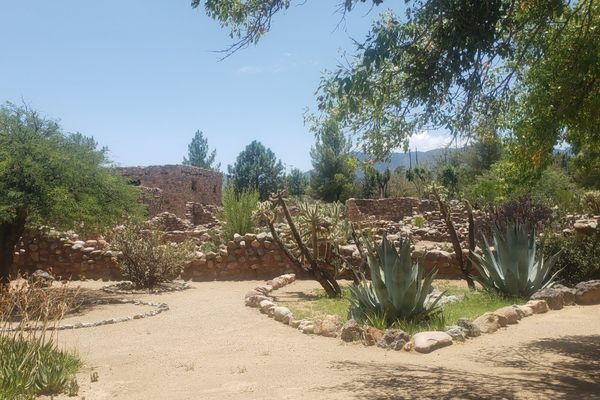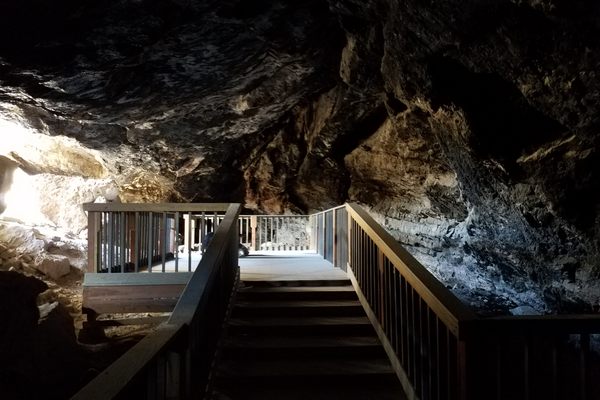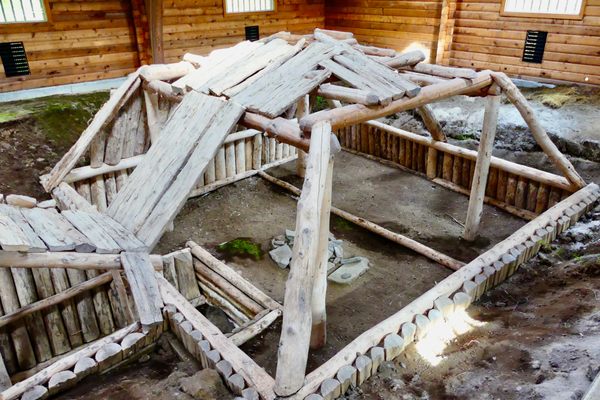About
For years, Lake Phelps, a 16,600-acre lake in North Carolina’s Washington County, was holding a secret. Beneath its depths were pieces of the long history of the region’s Indigenous people. And oddly enough, these treasures wouldn’t have been found without a disaster.
In the 1980s, a series of fires tore through the area. One report noted that more than 92,000 acres had been destroyed by fire spanning three counties. As part of the firefighting efforts, firefighters would “flood 18,000 acres south of Lake Phelps with water from the lake.” Though the fires were eventually contained, the lake, which was quite shallow to begin with, was suddenly dipping well below normal levels—as low as one foot according to some sources.
But in this shallow state, what was buried was now able to be seen from the surface. The lower water levels revealed artifacts from Native Americans dating back thousands of years. These included clay pots, spear points, and stone objects, but the biggest discovery was the first of what would turn out to be thirty partial and complete dugout canoes.
Dugout canoes are, essentially, hollowed-out logs. But there is nothing simple about them. Makers first had to select the right tree. It had to be relatively straight, and long enough to hold several people plus equipment and supplies. The tree was then taken down, then coated with a mixture of mud and straw and set on fire, which allowed the trunk to char. The newly charred bark was cut and scraped down with stone tools until “it could no longer support its own weight and fell to the ground.” The bark was then removed, and fire was once again used to shape the wood, including its distinctive concave opening. Finally, the boat was coated with animal fat to make it waterproof and prevent cracking. The Lake Phelps canoes were likely made by the Carolina Algonquin people who arrived in the region around 9500 to 8000 B.C. The Algonquin had been living in the area nearly 800 years before Europeans arrived.
The longest canoe to be discovered so far measures 36 feet, and the oldest of them is thought to be around 4,400 years old.
Most of the discovered vessels have been reburied in the lake to preserve them, but four of the canoes are being restored. Kimberly Kenyon, head conservator for the North Carolina Office of State Archaeology’s Queen Anne’s Revenge Conservation Lab in Greenville, told the Daily Advance in 2023 that “Without oxygen in the sediment there are fewer microorganisms to feed on the wood and promote degradation. They can easily be found later.’’ Of the four that were kept out of the water, Kenyon notes that they will “be placed in museums around the state so the public could learn from them and about the history of the Native Americans that made them.”
Related Tags
Know Before You Go
Park closing hours vary depending on the time of year, please check before visiting. North Carolina state parks are wildlife preserves, and when visiting the lake, please be mindful of the wildlife. It is prohibited by law to hunt, trap, or harm the animals. Camping is allowed in designated areas only, and permits are required.
The canoe on display at Pettigrew State Park is currently undergoing conservation work at East Carolina University. It will be back on display in the park after the work is complete.
Published
March 1, 2024
Sources
- https://books.google.com/books?id=xFhWAAAAIBAJ&lpg=PA29&dq=%22lake%20phelps%22%20%22fire%22&pg=PA29#v=onepage&q=%22lake%20phelps%22%20%22fire%22&f=false
- https://www.nytimes.com/1986/11/23/us/carolina-lake-bed-yielding-ancient-canoes.html
- https://www.nps.gov/articles/carolinaalgonquian.htm
- https://project543.visitnc.com/pettigrew-state-park/
- https://coastalreview.org/2019/07/pettigrew-a-hidden-gem-among-state-parks/
- https://www.ncparks.gov/planning-files/north-carolina-statewide-comprehensive-outdoor-recreation-plan/open


